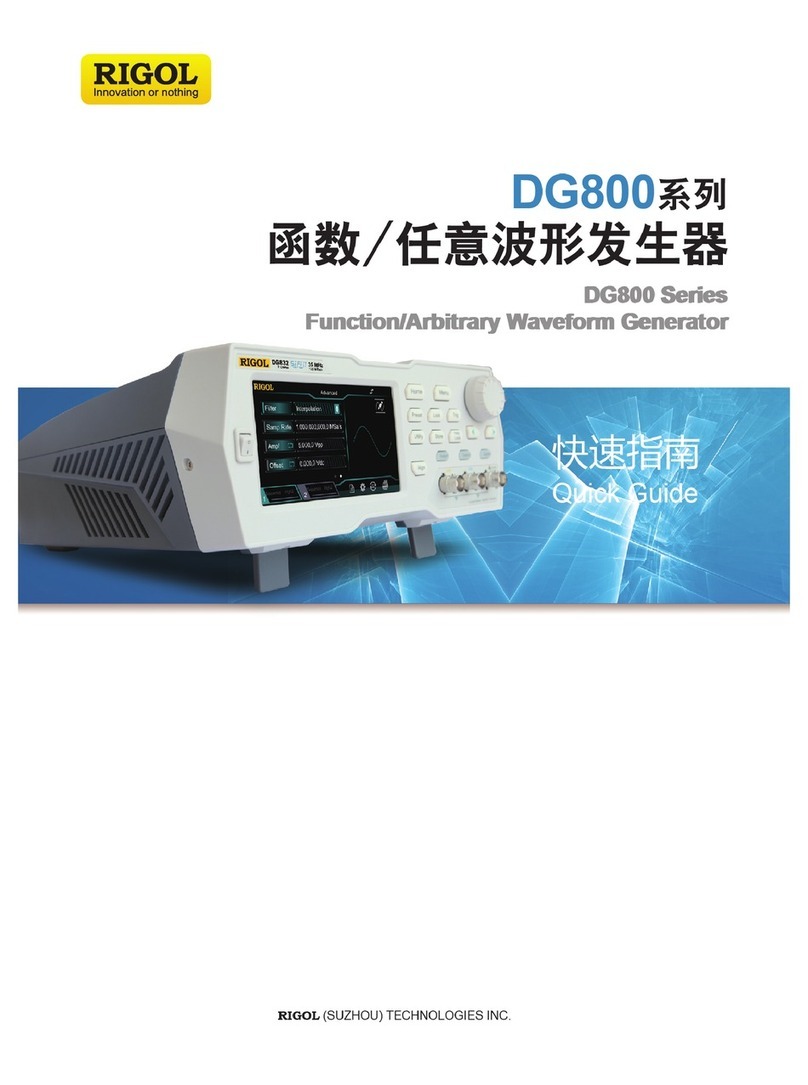
7.3 Amplitude Offset................................................................................................................30
7.4 Flatness Calibration...........................................................................................................31
7.5 Amplitude Unit................................................................................................................... 32
8 Sweep............................................................................................................................................ 33
8.1 Sweep Function.................................................................................................................. 33
8.2 Sweep Type..........................................................................................................................33
8.2.1 Step Sweep.................................................................................................................. 33
8.2.2 List Sweep.....................................................................................................................36
8.3 Sweep Mode........................................................................................................................37
8.4 Trigger....................................................................................................................................38
9 Modulation..................................................................................................................................41
9.1 Amplitude Modulation (AM)..........................................................................................41
9.1.1 To Enable the Amplitude Modulation................................................................ 41
9.1.2 To Select the Modulation Source.........................................................................41
9.1.3 To Set the Modulation Depth................................................................................41
9.1.4 To Set the Modulation Frequency........................................................................42
9.1.5 To Set Other AM-related Parameters................................................................. 42
9.2 Frequency Modulation (FM)...........................................................................................44
9.2.1 To Enable the Frequency Modulation.................................................................44
9.2.2 To Select the Modulation Source.........................................................................44
9.2.3 To Set the Frequency Deviation............................................................................45
9.2.4 To Set the Modulation Frequency........................................................................45
9.2.5 To Set Other FM-related Parameters.................................................................. 46
9.3 Phase Modulation (PM)...................................................................................................46
9.3.1 To Enable the Phase Modulation......................................................................... 46
9.3.2 To Select Modulation Source.................................................................................47
9.3.3 To Set the Phase Deviation.....................................................................................47
9.3.4 To Set the Modulating Rate...................................................................................48
9.3.5 To Set Other PM-related Parameters..................................................................48
9.4 Pulse Modulation...............................................................................................................49
9.4.1 To Enable the Pulse Modulation...........................................................................49
9.4.2 To Select Modulation Source.................................................................................49
9.4.3 To Set the Pulse Type............................................................................................... 49
9.4.4 To Set Other Pulse-related Parameters..............................................................50
9.4.5 Trigger............................................................................................................................52
10 System Utility Setting...............................................................................................................55
10.1 Interface Setting.................................................................................................................55
II Copyright ©RIGOL TECHNOLOGIES CO., LTD. All rights reserved.





























